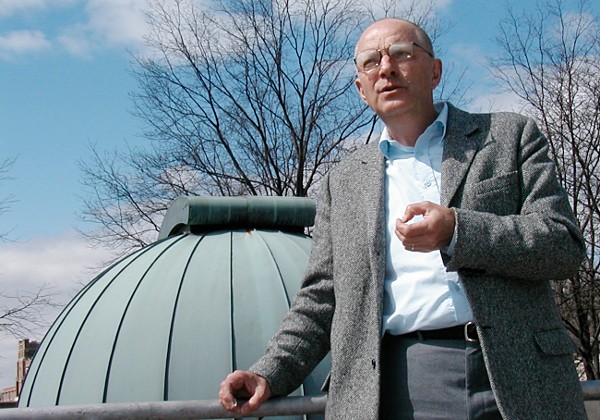

The Bohdan Paczyński Memorial Colloquium

Bohdan Paczyński was one of the most influential astrophysicists of our time. The past two decades witnessed a triumphal confirmation of several of his ideas, including the extragalactic origin of gamma ray bursts and the detection via gravitational lensing of stars, black holes and extra-solar planets.
Bohdan Paczyński (1940-2007) published his first astronomical paper in 1958 and began his career in 1962 at the Institute of Astronomy of the Polish Academy of Sciences, which he headed in 1976/1977. Together with Józef Smak he established the Nicolaus Copernicus Astronomical Center (inaugurated in 1978). He was promoted to full professorship in 1979, and in 1982 joined the faculty of Princeton University, where in 1989 he was named the Lyman Spitzer Jr. Professor of Theoretical Astrophysics. While at Princeton he supported his Polish colleagues in many ways, and in particular he initiated the Optical Gravitational Lensing Experiment (OGLE), originally a Warsaw-Princeton-Carnegie collaboration.
Bohdan Paczyński was the recipient of the Eddington Medal (1987), the George Darwin Lectureship (1995) and the Gold Medal (1999) of the Royal Astronomical Society, the Heineman Prize (1992) and the Rossi Prize (2000) of the American Astronomical Society, the Smoluchowski Medal of the Polish Physical Society (2000), and many other honors.
The format of the Bohdan Paczyński Memorial Colloquium is that of a topical review lecture given by a distinguished astronomer. The Colloquium is held at the Nicolaus Copernicus Astronomical Center in Warsaw, and is followed by a reception.